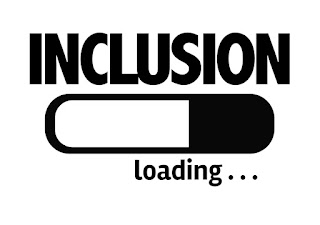Head of the Innovation and Measuring Progress Division, Directorate for Education and Skills
 |
Mean literacy and numeracy score, by age and education enrolment status |
A new Education Indicators in Focus brief looks at the transition from school to work across different age groups. It reconfirms that leaving school is much less difficult if one has acquired an upper secondary qualification, which functions as a kind of security mechanism against most of the hardships associated with the transition. The share of 20-24 year-old NEETs who do not have an upper secondary qualification (36%) is double the share of employed 20-24 year-olds who have not attained that level of education (18%).
But an educational qualification is one thing; the actual skills that people have are another. The brief publishes some new and interesting findings about the skills disparities among young people in different age groups in and out of school. The chart above shows the difference in mean literacy and numeracy skills between people in and out of education in three different age groups. The differences are remarkable. Among 16-19 year-olds, the difference in skills amounts to the equivalent of around 2.5 years of schooling. But the differences among older age groups are also considerable – and they remain significant even after controlling for educational attainment.
The finding lends itself to various possible explanations and observations. The most obvious one is that the results reflect a selection effect: more-skilled young people tend to stay in school while the less-skilled leave. A skills-selection effect does not seem to be problematic among 20-24 and 25-29 year-olds, when continuing one’s education is based on educational merit. For the younger age group, however, the difference in skills signals an efficiency problem in our education systems. Less-skilled young people should leave school only after they have acquired a foundation level of skills. When dropping out of school at an early age is the result of a skills-selection mechanism, than we are not serving our most vulnerable youngsters well.
Another possible explanation looks at the skills difference from the other side of the transition: the labour market and the world of work. This hypothesis suggests that leaving school and entering the labour market is accompanied by a process of de-skilling. When skills are not used in employment, they erode. A difficult school-to-work transition can have a scarring effect that can last throughout an entire career. De-skilling can happen through unemployment, but also through employment in precarious jobs, where workers do not fully use their skills, or through employment in an ill-matched job. This hypothesis suggests that a difficult transition process can undermine what should be a social benefit: essentially, the investment in skills acquisition is wasted.
The policy consequences are clear: there are many reasons for governments to be concerned about the school-to-work transition. Dropping out of school at an early age without a proper qualification has a huge social cost. Policies to provide guidance and support to young people during that transition pay off: there is less risk that people become unemployed or fall between the cracks and become dependent on welfare systems. And such policies should encourage people to maintain their skills and give them the opportunity to improve their skills through quality work and training. The political responsibility to ensure a smooth transition is enormous, but it is also shared between the work of education and the world of work.
Links
Follow the conversation on Twitter: #OECDEAG
Join our OECD Teacher Community on Edmodo
Chart source: OECD (2017), in Education Indicators in Focus No. 54, Figure 3.



